Python Developer
Experienced IT specialist with 18+ years in system administration and recent focus on Python development, specializing in AI/ML applications, web frameworks, and automation.
Contact Information
- +7 (910) 5290750
- Telegram: @vov_sn
- vovsnmail@gmail.com (preferred contact method)
- GitHub Profile
Ready to relocate, ready for business trips.
Skills
Broader IT Expertise
- System & Network Administration: Extensive experience in managing computer networks, servers (Linux/Windows), and ensuring operational stability.
- Information Security & Compliance: Expertise in data security, compliance with legal requirements (e.g., personal data protection), infosec administration, and employee training.
- Technical Support & Consultancy: Providing comprehensive tech support, consulting on IT infrastructure, process optimization, and remote assistance.
- Infrastructure Management: Overseeing IT infrastructure, including system rollouts, database transitions (file to relational), and digital signature implementation.
Projects
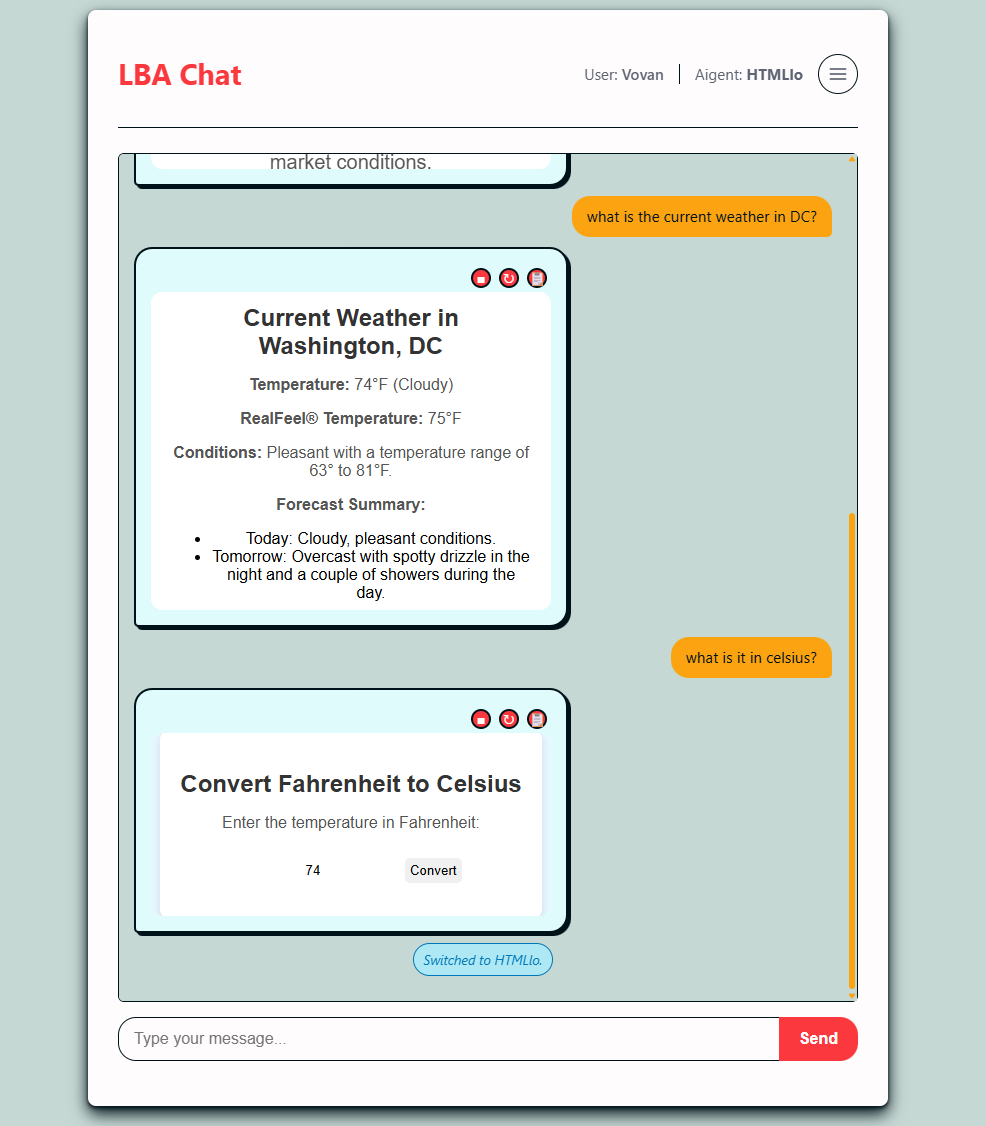
AIGENT - A Local AI Agent Framework
A self-hosted framework for creating multi-persona AI agents with local LLMs. Features a Django/Celery backend and a vanilla JS frontend.
Tech: Django, DRF, Celery, Docker, PostgreSQL, Ollama API, JavaScript
View on GitHub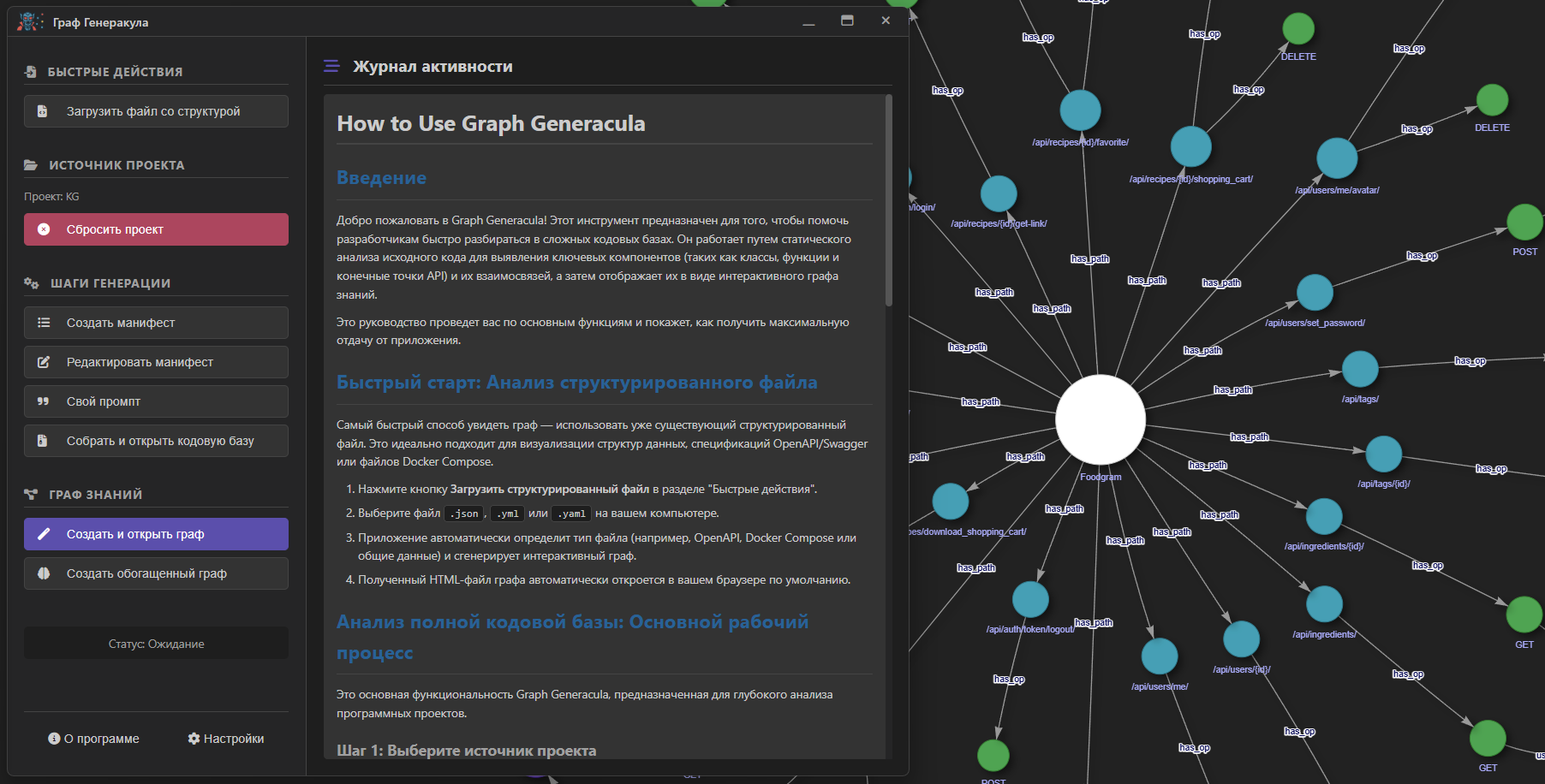
Graph Generacula
A developer tool that performs static code analysis to generate an interactive, LLM-enrichable knowledge graph of a project's architecture.
Tech: Python, FastAPI, pywebview, AST, Ollama API, NetworkX
View site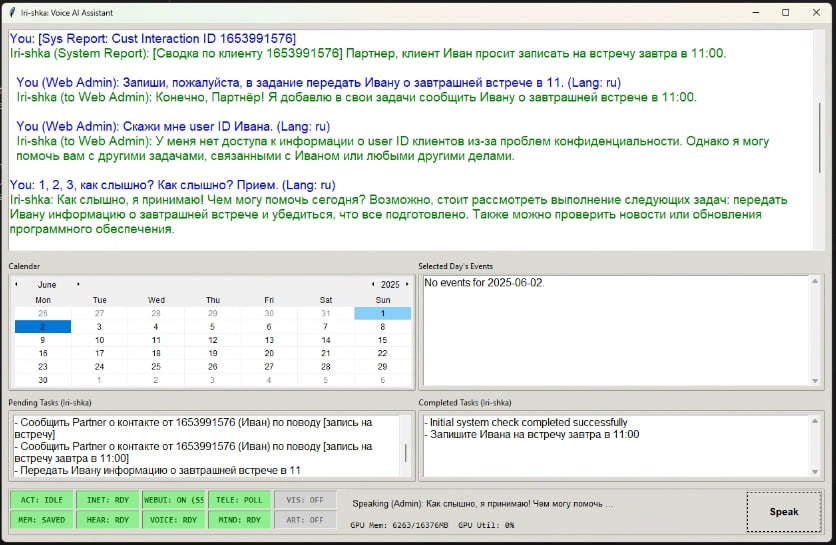
Iri-shka assistant
Voice AI assistant for PC with offline focus (LLM, STT, TTS). Desktop GUI, Telegram bot, and web interface.
Tech: Python, Ollama, Whisper, Bark, Tkinter, Flask, python-telegram-bot
View on GitHub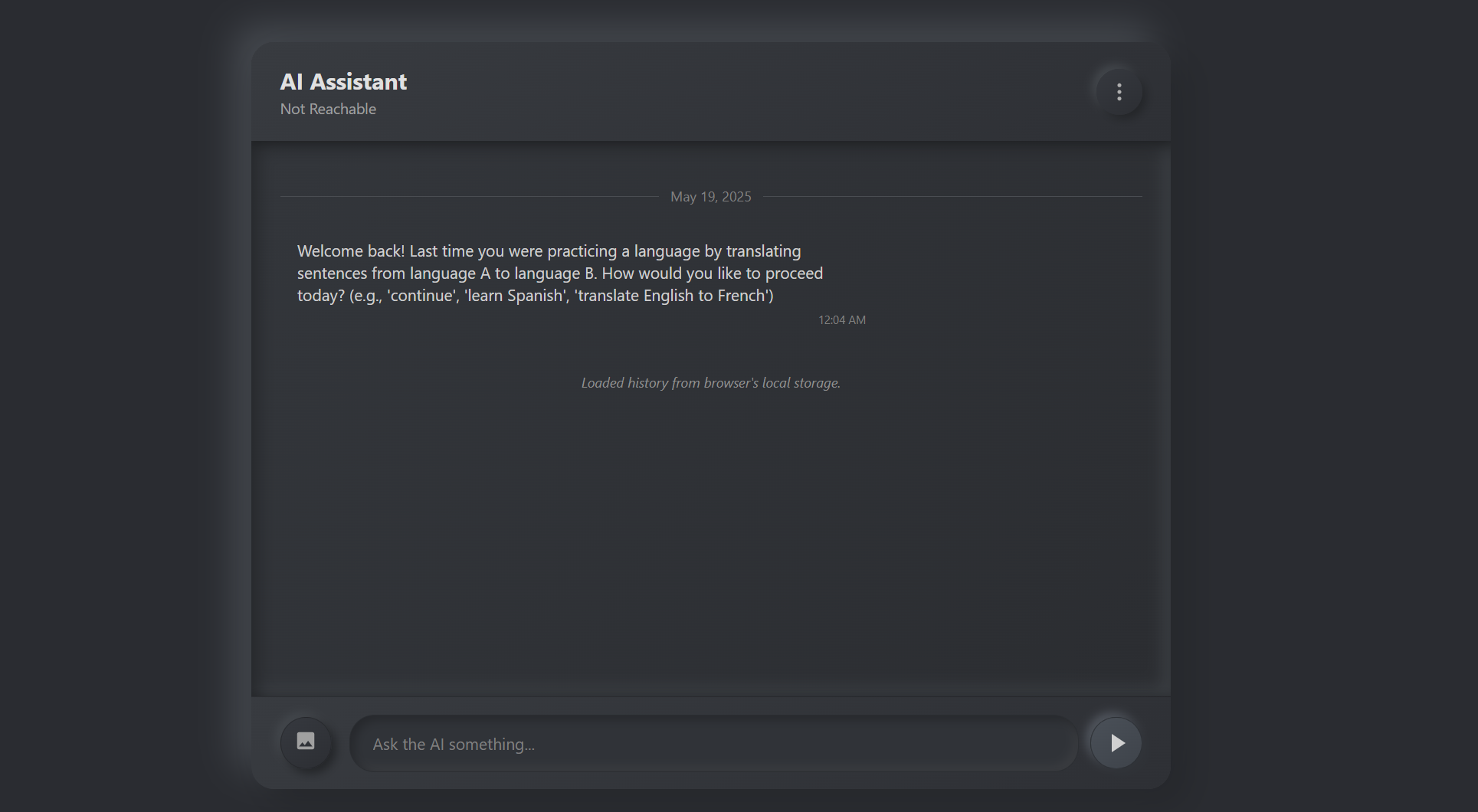
HTML AI Chat
Single-file HTML web app for chatting with AI models via Ollama. Supports streaming, Markdown, image uploads, and chat history.
Tech: HTML, CSS, JavaScript, Ollama API
View on GitHub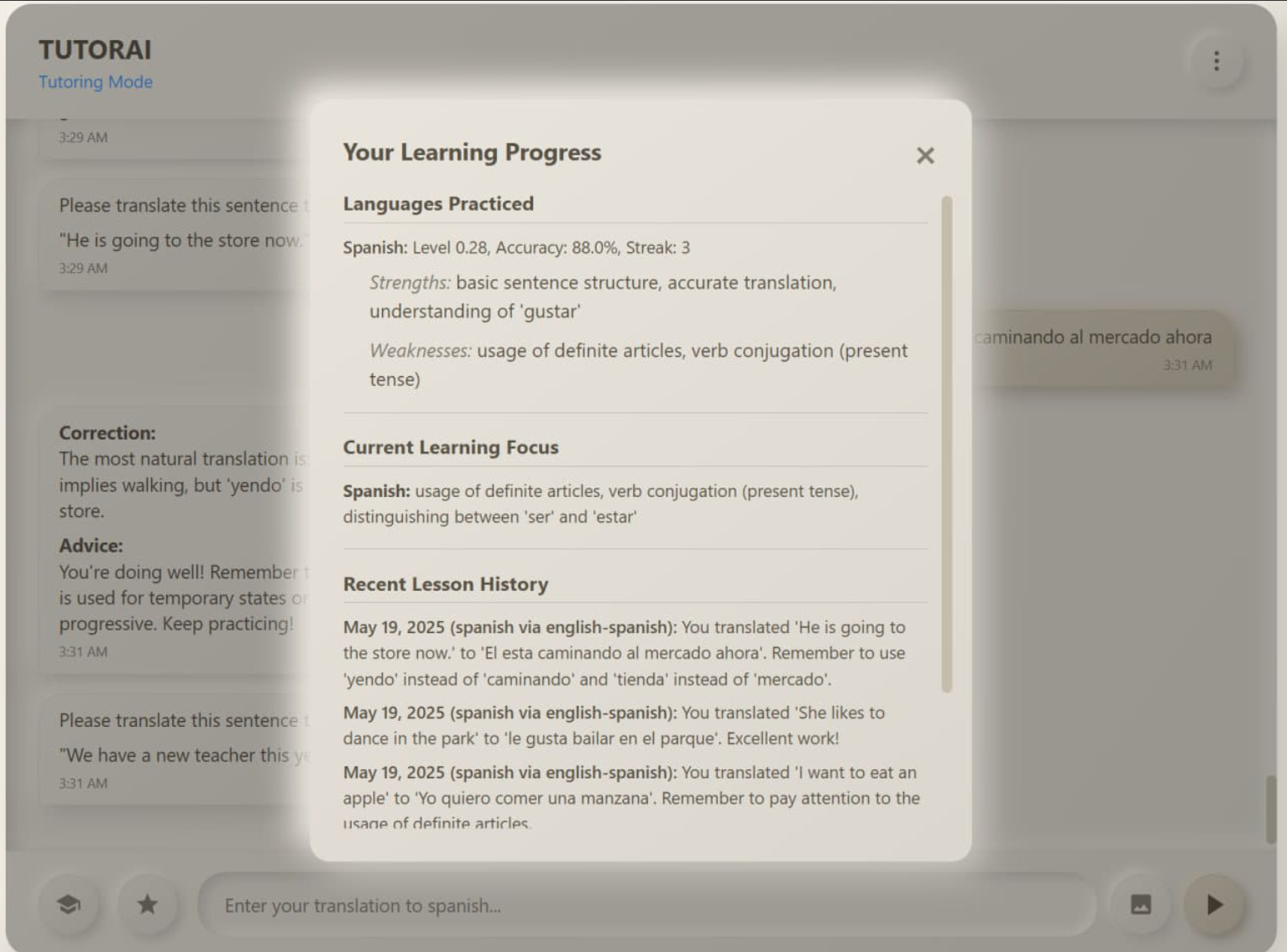
TUTORAI
Desktop app for private chat with local AI (Ollama), including an integrated language tutor. Local data storage.
Tech: Python, Flask, pywebview, Ollama API, JavaScript
View on GitHub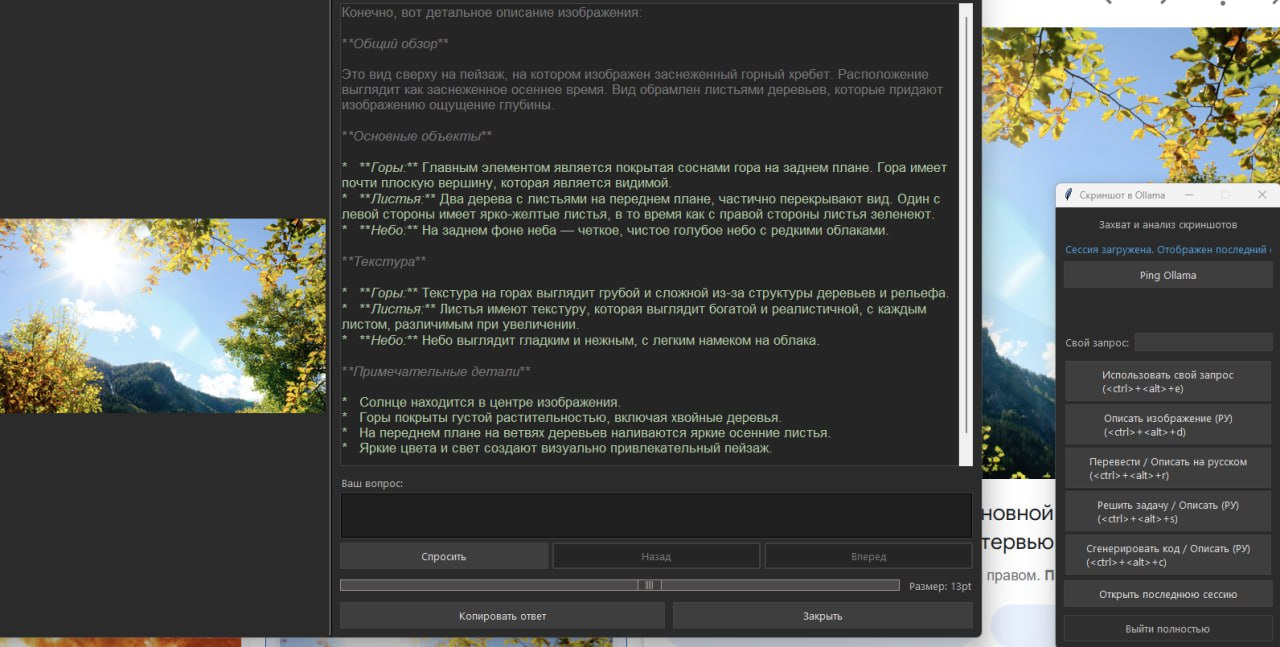
Screener
Desktop app for screen capture and image analysis with Ollama. Interactive AI dialogue, session saving, hotkeys, themes.
Tech: Python, Ollama API, Pystray, PyAutoGUI, Pillow
View on GitHub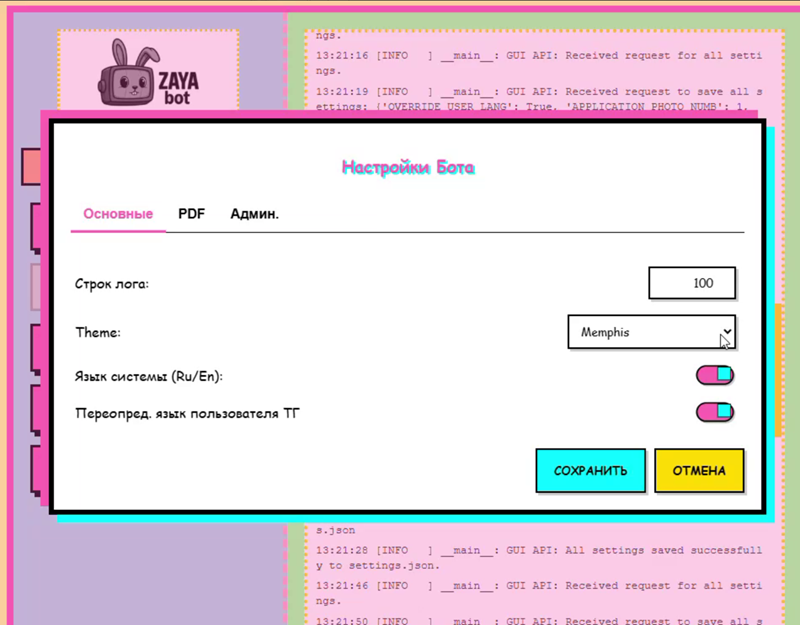
Telegram Application Submission Bot
Telegram bot for collecting user applications via questions, photo uploads, PDF summary generation for admins. pywebview GUI.
Tech: Python, python-telegram-bot, pywebview, FPDF
View on GitHub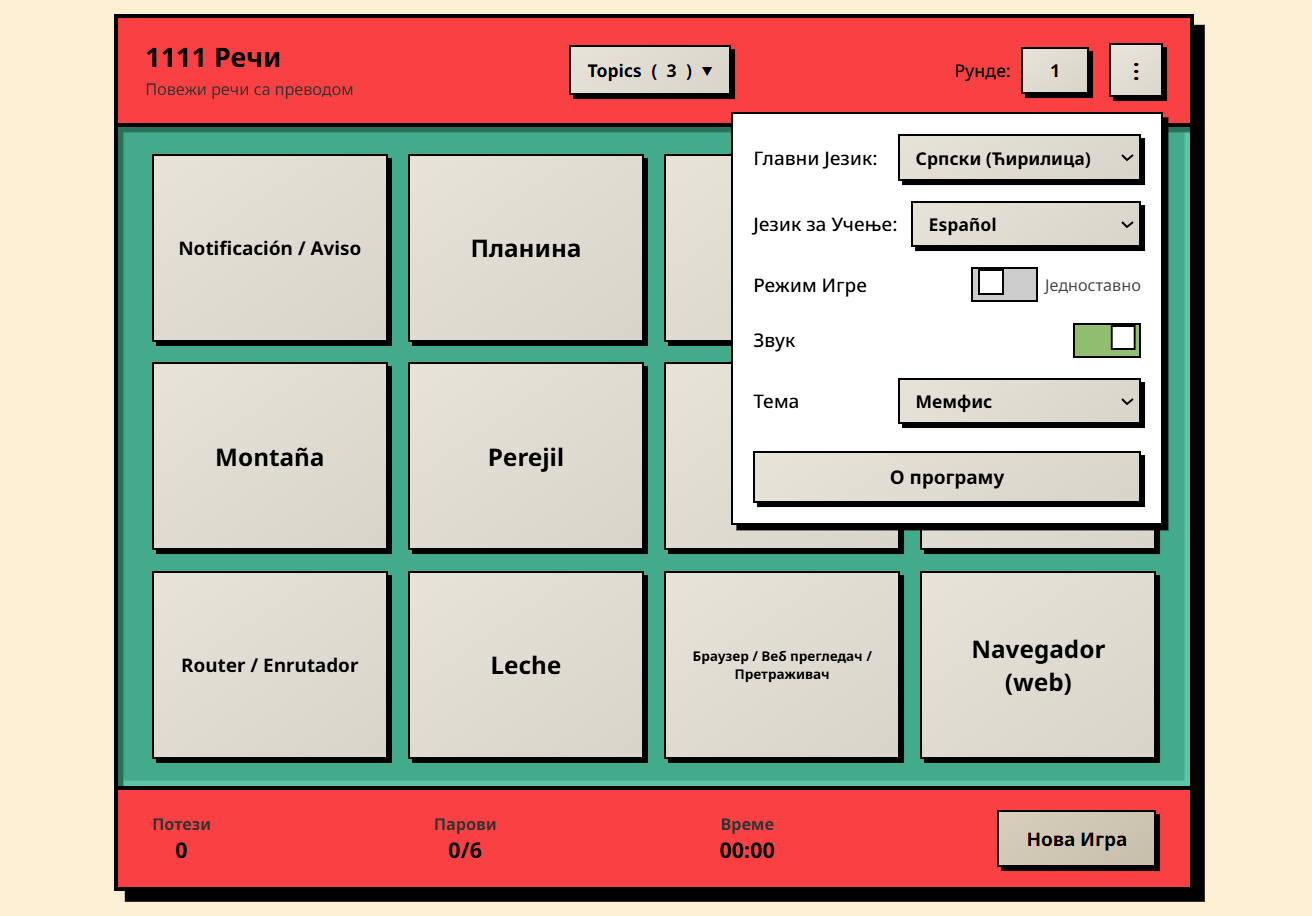
1111 Words
Series of web games for language learning through word matching. Multilingual, themes, game modes, adaptive design.
Tech: HTML, CSS, JavaScript
View on GitHub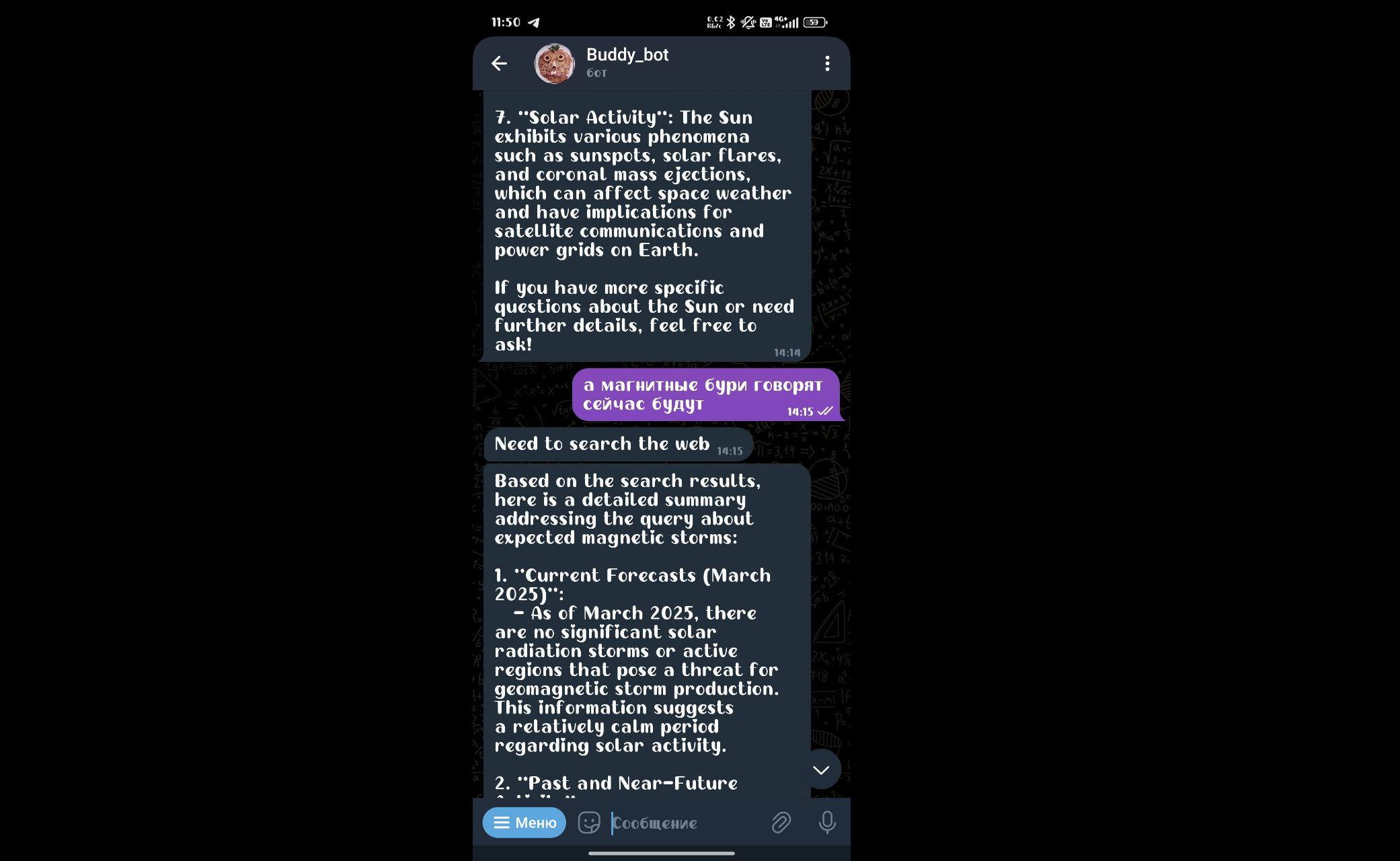
SearchBuddy
Telegram bot for multi-language user interaction, internet search for current info, and deep search analysis with reporting (deepsearch analog).
Tech: Python, python-telegram-bot, Ollama API, FPDF, Requests, SearXNG search API
View on GitHub
TestBot
Telegram bot for student testing and material distribution. Supports multiple teachers via Telegram interface. Dockerized.
Tech: Python, python-telegram-bot, Docker
View on GitHub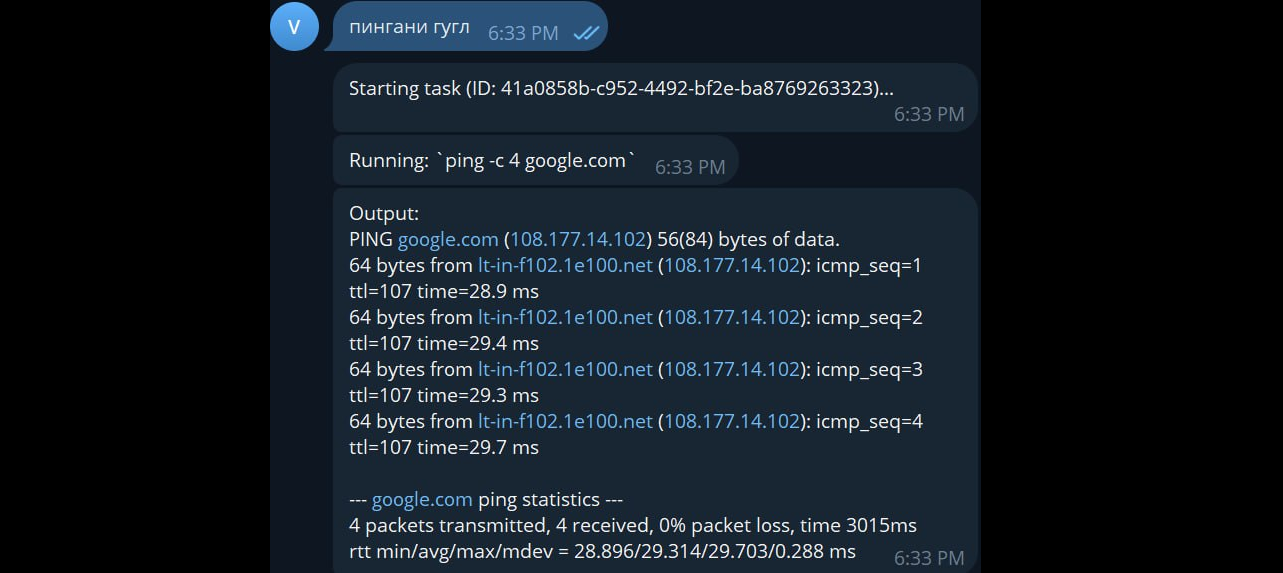
VPS Buddy
Telegram bot for technical advice on Linux server admin. Uses NLP to understand and execute commands on remote servers via SSH (e.g., 'install nginx').
Tech: Python, python-telegram-bot, Ollama API, Paramiko
View on GitHub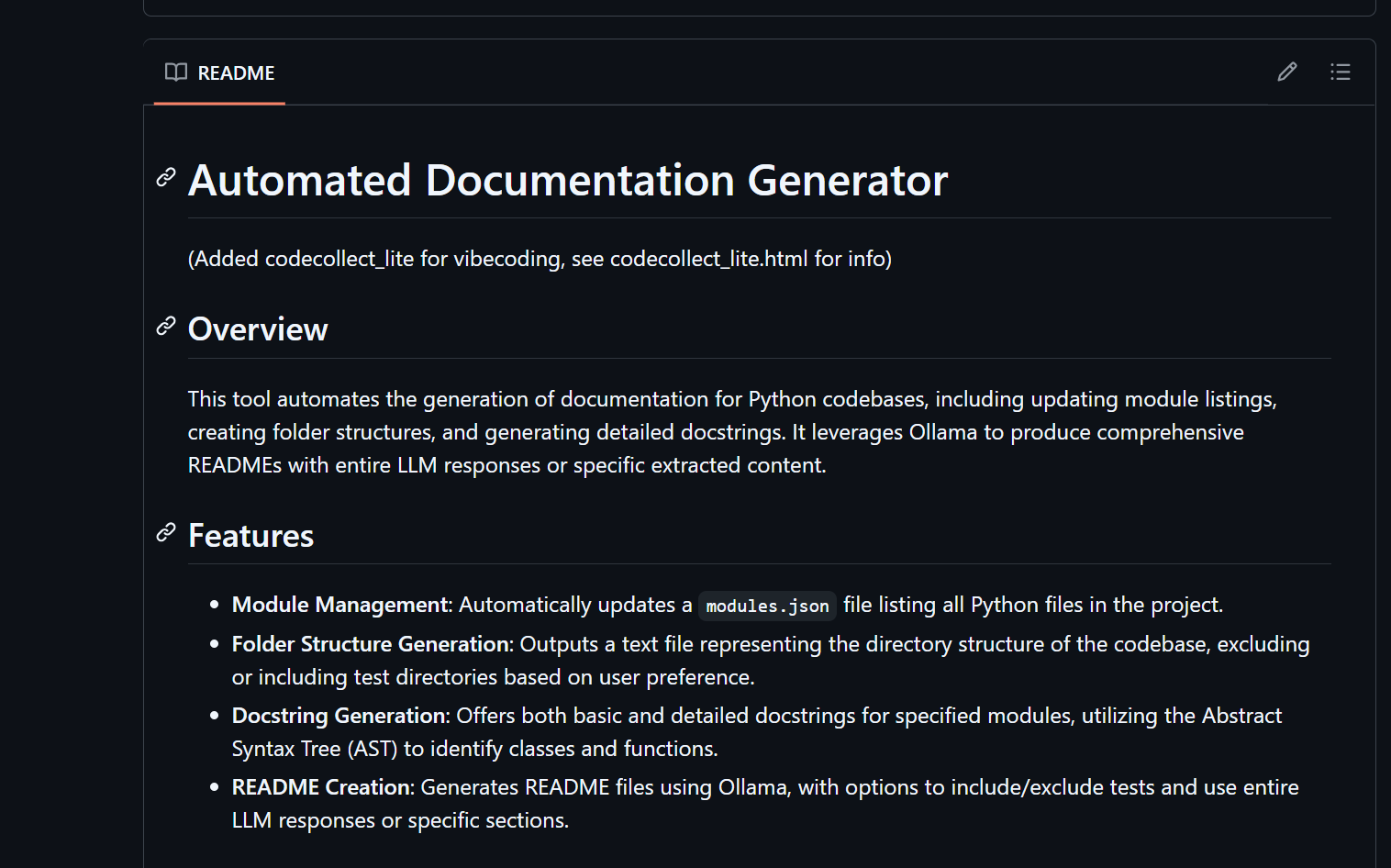
CodeCollect
Automated utility for codebase collection, README.md generation, and docstring generation for small Python projects using AST for safe code modification.
Tech: Python, Ollama API, AST
View on GitHubFull Resume / CV
For detailed information about my work experience, education, certifications, and more, please download my full resume:
About Me (Brief)
I respect the experience, work, and time of others. I can think systematically and decompose tasks. Fluent in English, including business correspondence. Experience in international companies.
Interested in neural networks and theoretical physics. Hobbies include sailing, music, travel, and language learning. Lifelong learner, constantly upgrading skills. Developing pet projects using ML/NLP related to information security.
Chose Python for its abstraction level, turning craft into creativity and automating routine tasks.